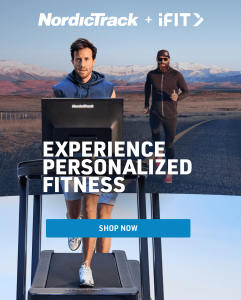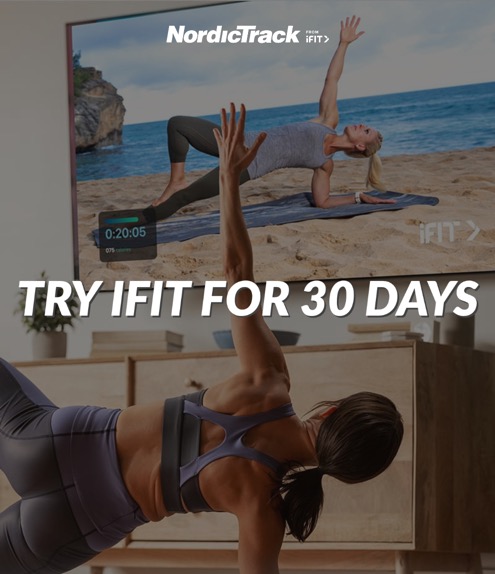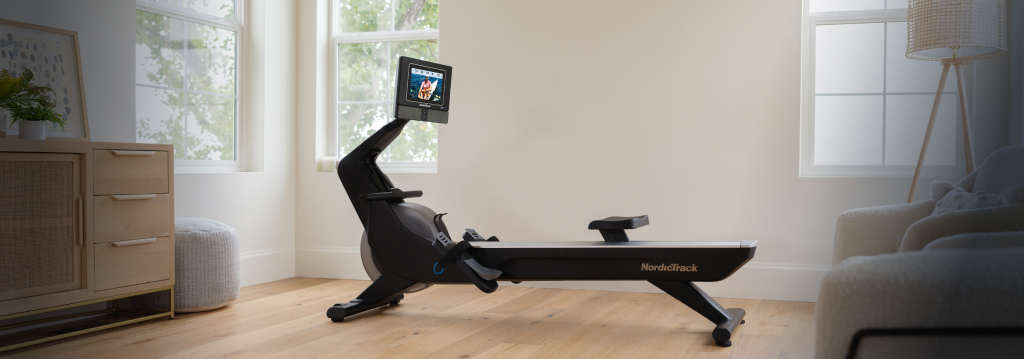
What muscles do rowing machines work?
If you’ve landed on this article, chances are that’s the main reason why you’re here.
The short answer is that rowing works your upper body, lower body, core, and back muscles, making it an incredibly effective total-body workout.
In this article, we’re taking things a step further by going over the exact muscles you’ll use when rowing, along with the benefits of rowing and answers to commonly asked questions such as:
- Can you build muscle using a rowing machine?
- How many calories do you burn rowing?
- Can you lose weight rowing?
- How long does it take to see results when rowing?
- Is indoor rowing good for your heart?
Feel free to use those links to jump around this article or continue reading to see how each phase of rowing engages different muscles and what those specific muscles actually are.
The Four Phases of Rowing
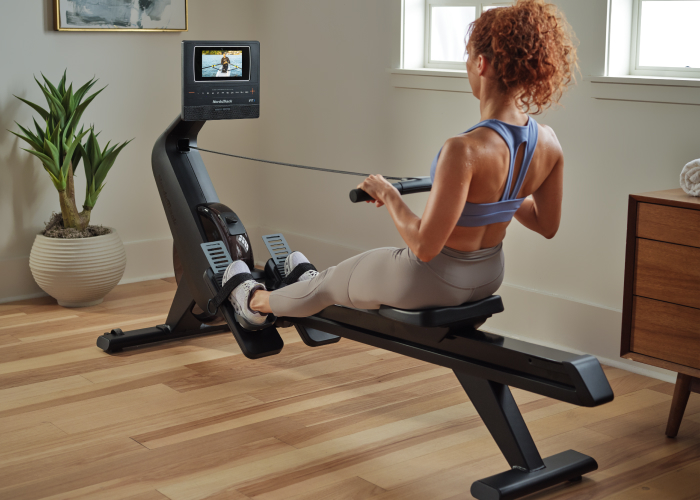
To understand what muscles rowing works, it pays to learn the four distinct phases of rowing, which are known as:
- Catch
- Drive
- Finish
- Recovery
Phase One: The Catch
In the first phase, the Catch and starting position, you begin with your legs bent towards your chest. Your arms are fully extended and straight while your hands and fingers grip the handlebar.
While you’re not engaging the legs just yet, you are activating your arms and the muscles in your forearms and hands to grip the handlebar.
Phase Two: The Drive
From the initial starting position, you move into Phase Two: the Drive, where you push off from the foot pedals and go from a bent leg position to almost completely straight legs.
You activate your upper body by pulling the handlebar towards your chest and going from a straight arm position to bent arms at a 90-degree angle.
Keep in mind, for proper rowing form, the handlebar should not be pulled over the knees until the legs are completely straight. It should be one fluid motion, as demonstrated in the video below by two-time Olympic Gold Medalist Alex Gregory:
A common mistake many new rowers make, as Alex Gregory mentions in that short video, is pulling the handlebars up and over the knees before extending the legs, which you don’t want to do here.
Phase Three: The Finish
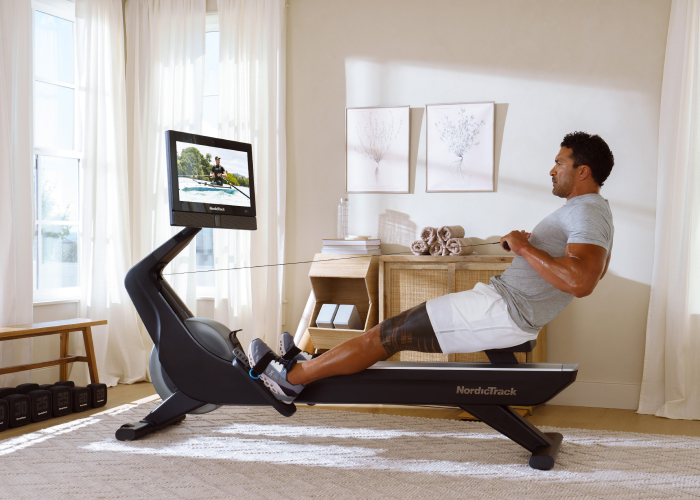
Then, in Phase Three, the Finish, you pull the handlebar past that 90-degree angle and fully extend your legs (though they still slightly bend).
Phase Four: Recovery
You’ll then move into Phase Four: the Recovery, where you’ll do everything in reverse. As you slide forward, the handlebar should completely cross over your knees before you bend them as you return to the Catch starting position.
That same video we shared a moment ago by two-time Olympic Gold Medalist Alex Gregory is extremely helpful for understanding this important concept of proper rowing form:
Alex Gregory for Herring – introduction to rowing
As you visualize this four-step process, you’re probably starting to notice how many muscles you’re likely using when rowing (hint: it’s a lot!).
Let’s dive into just that.
What Muscles Do Rowing Machines Work?
With those four distinct phases, rowing machines offer a full-body workout that engages both the upper and lower body while activating your core and back muscles.
Specifically, in the starting position, or Catch phase, you’re using essential shoulder muscles such as your deltoids, rhomboids, and trapezius, along with your triceps in your arms and your forearm muscles to keep your arms straight and engaged.
You’re also activating your core muscles, or rectus abdominis muscles, and your obliques to stabilize your upper body and the muscles along your back, known as erector spinae, and the latissimus dorsi.
As you move into the phase two drive position, you’ll start using the big muscles in your legs, including your quadriceps, hamstrings, and gluteus maximus and smaller leg muscle groups like your calf muscles (gastrocnemius) and tibialis anterior.
Your core and back muscles are still engaged along with the same shoulder and arm muscles from the starting position. Plus, you’re increasing their time under tension in phase two.
Once you pull the handlebar towards your chest, you activate your biceps and chest muscles, or pectorals, as well as your triceps and back muscles. You’re also maintaining a stabilized core, which continues to engage those ab muscles.
Finally, as you recover and inch towards the starting position, your arms will lengthen, your legs will bend, and you’ll slowly release the tension in the upper and lower body while still engaging the same muscles.
If you were to put all of those muscles together to form one giant list, it would look like this:
- Biceps
- Deltoids
- Erector spinae
- Forearm muscles
- Gastrocnemius
- Gluteus maximus
- Hamstrings
- Latissimus dorsi
- Obliques
- Pectoral
- Rectus abdominis
- Rhomboids
- Tibialis anterior
- Trapezius
- Triceps
- Quadriceps
Since rowing engages all those muscles in your upper body, lower body, and core, it’s an incredibly effective exercise with several health benefits.
The Top Health Benefits of Rowing Machines
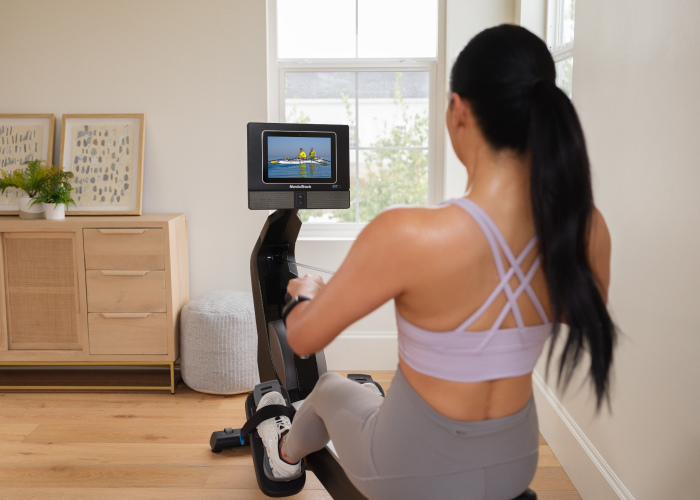
We discussed the health benefits of rowing machines in a previous article, so we won’t go into too much detail here. We encourage you to check out that article after you’ve read this one.
In a nutshell, consistently using a rowing machine may come with the following health perks:
- Improved joint strength [1]
- Decreased body fat [2]
- Comparable calorie burn to other cardio machines [3]
- Effective total body workout that builds aerobic fitness [4]
Plus, thanks to the pulling motion of the handlebar, each rowing workout is a powerful combination of strength training and aerobic exercise, working your upper back, shoulders, biceps, triceps, and chest muscles.
Since rowing uses so many muscles, you may be wondering:
Can You Build Muscle Using a Rowing Machine?
The answer to that question depends on how much muscle you’re trying to build.
If you want to reach bodybuilder status, strength training and increasing caloric intake will help you grow your muscles using a process known as hypertrophy.
Rowing can be added to your bodybuilding routine as a form of cardio, but it’s not the only lever to pull to reach bulk status.
However, for the everyday user looking to build some muscle for better overall health, using a rowing machine may be effective, especially when combined with strength training throughout the week.
Since an indoor rower consists of 65-75% leg work and 25-35% upper body work, according to the AFPA, or American Fitness Professionals & Associates, you’ll likely build those muscles the more consistently you do it. [4]
And when you pair this with strength training, you have a powerful muscle-building duo.
So, while rowing is a great way to build some muscle, it’s even better when paired with strength training exercises like weight lifting, using resistance bands, bodyweight exercises, etc.
How Many Calories Do You Burn Rowing?
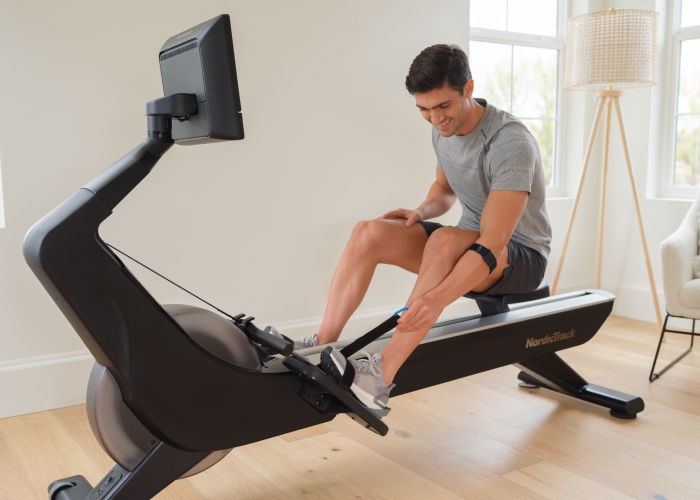
Since rowing machines engage major muscle groups in the legs, back, core, and arms, they burn similar calories to other cardio machines.
Harvard Health Publishing of Harvard Medical School posted the average calorie burn of various exercises when people engaged in them for 30 minutes.
They published these exercises for three different weight classes so people could understand what a typical calorie burn could look like.
The publishers noted that 30 minutes of stationary rowing at a moderate intensity could yield:
These figures are similar to using a stationary exercise bike at a moderate intensity. [3]
Rowing vigorously on a stationary rower could bump the calorie burn up to:
- 255 calories for a person weighing 125 pounds, a 17% increase
- 440 calories for a person weighing 185 pounds, a 33% increase [3]
These numbers clock in close to using an elliptical machine, which comes in at 270 calories burned for 30 minutes for someone weighing 125 pounds to 378 calories for someone weighing 185 pounds. [3]
As these numbers show, rowing is comparable to these other pieces of cardio equipment when it comes to calorie burn.
One thing to note is that your individual calorie burn may differ since that figure is based on other factors such as your intensity, how much you weigh, age, sex, height, etc.
Can You Lose Weight by Rowing 30 Minutes a Day?
Like other cardio machines, rowing can be an excellent tool for staying active, but it works best when combined with strength training and dietary modifications for weight loss.
For example, if you’re trying to lose weight, you’ll want to start eating in a 300- to 500-calorie-per-day deficit while adding or increasing your exercise and overall movement for the day. [5]
Whether you use a rower, an elliptical, a treadmill, or an exercise bike, if you’re not eating a 300 to 500-calorie deficit for your height and weight, you likely won’t lose weight. [5]
Adding strength training through lifting weights, using resistance bands, or performing bodyweight exercises can also help change your body composition or reshape your figure.
Post-workout, you also want to ensure you’re eating the right mix of healthy carbs, protein, and fats to promote muscle repair and recovery so you can prepare for your next workout.
These macronutrients are essential for all exercise types, making them an ideal post-workout combination no matter what you’re doing.
An indoor rower is an excellent option for getting in shape and improving cardiovascular fitness. However, for the best weight loss results, you should pair it with strength training and dietary modifications.
How Long Does It Take to See Results From Rowing?
The amazing thing about any exercise, including rowing, is that you’ll likely start to feel a difference immediately.
During and shortly after your workout, you’ll have feel-good endorphins flowing through your bloodstream, similar to experiencing a “runner’s high,” except it’s a “rowing high.” [6]
Exercising in general, including on a stationary rowing machine, has been shown to improve mood and sleep quality in just a few short sessions. [7]
While the weight loss portion could take some time, that doesn’t mean you won’t see other immediate improvements and positive changes.
If you’re just starting, shoot for 10 to 15 minutes three to five days out of the week as you work your way up to being able to do longer stretches five days per week. With consistency and commitment, you’ll likely notice and feel a difference right away.
Is Indoor Rowing Good for Your Heart?
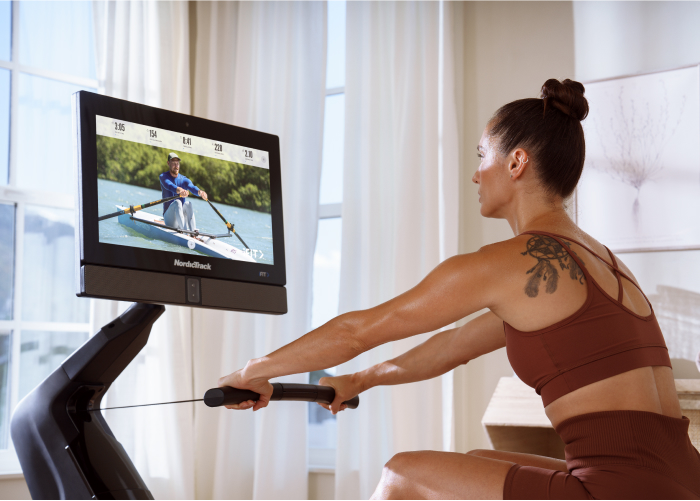
Whether you’re trying to maintain or improve your cardiovascular fitness, an indoor rowing machine can be an excellent tool to help you do so.
Since indoor rowing uses both your upper and lower body, it naturally gets your heart pumping and increases your heart rate, which may improve your cardiovascular fitness.
And, since you’re seated when rowing, it’s considered a low-impact form of cardio.
Despite being low-impact, indoor rowing offers an effective calorie burn, making it a great choice to weave into your weekly workout rotation, especially for heart health.
Consider Using a Rowing Machine Today
Now that you know what muscles rowing machines use, the benefits of rowing, and how they’re a great, low-impact workout, all that’s left is to consider using a rower today.
If you’re new to rowing, start slowly and work your way up over time.
For more guidance on form and technique or virtual rowing workouts you can exercise along to, check out iFIT. This separate paid subscription service features thousands of great on-demand workouts on and off rowing machines.
We also have several iFIT rowing workouts and even a rowing series with the two-time Olympic Gold Medalist Alex Gregory we mentioned earlier in this article.
You can read more about Alex’s background by visiting that link.
And, if you don’t own a rower yet, you can browse our latest NordicTrack rower models by clicking any of the links below:
Give rowing a try today and see how you feel.
You may find it’s one of the most enjoyable workouts you’ve done, and in no time, you may start to feel and see your hard work pay off!
References
- https://pubmed.ncbi.nlm.nih.gov/25226943/
- https://www.ncbi.nlm.nih.gov/pmc/articles/PMC4564707/
- https://www.health.harvard.edu/diet-and-weight-loss/calories-burned-in-30-minutes-for-people-of-three-different-weights
- https://www.afpafitness.com/blog/a-quick-and-easy-guide-to-indoor-rowing-machines/
- https://medlineplus.gov/ency/patientinstructions/000892.htm
- https://www.hopkinsmedicine.org/health/wellness-and-prevention/the-truth-behind-runners-high-and-other-mental-benefits-of-running#:~:text=As%20you%20hit%20your%20stride,euphoric%20state%20following%20intense%20exercise.
- https://www.betterhealth.vic.gov.au/health/healthyliving/exercise-and-mental-health#:~:text=The%20levels%20of%20chemicals%20in,coping%20ability%20and%20self%2Desteem.
Disclaimer: This blog post is not intended to replace the advice of a medical professional. The above information should not be used to diagnose, treat, or prevent any disease or medical condition. Please consult your doctor before making any changes to your diet, sleep methods, daily activity, or fitness routine. NordicTrack assumes no responsibility for any personal injury or damage sustained by any recommendations, opinions, or advice given in this article. Always follow the safety precautions included in the owner’s manual of your fitness equipment.

